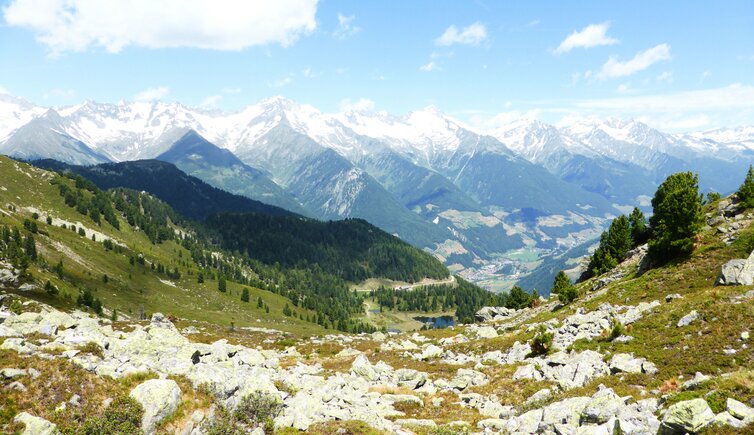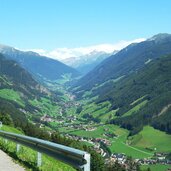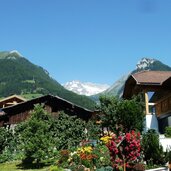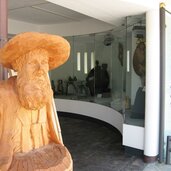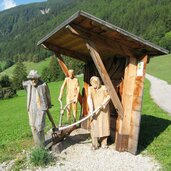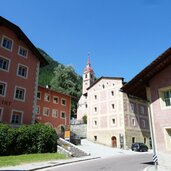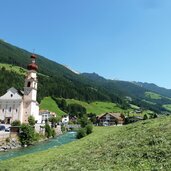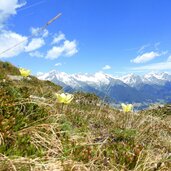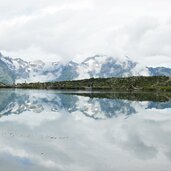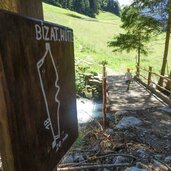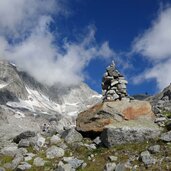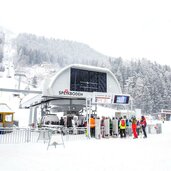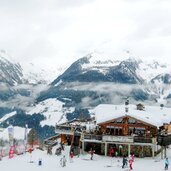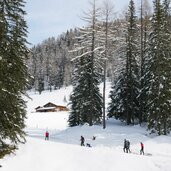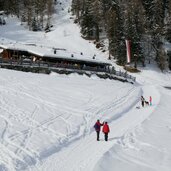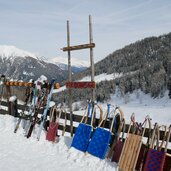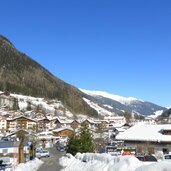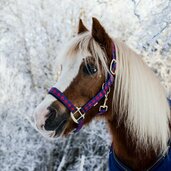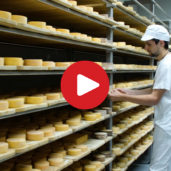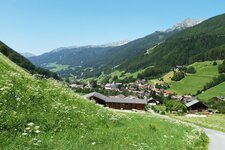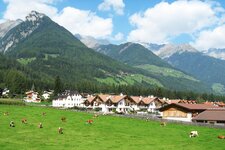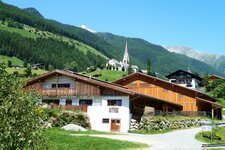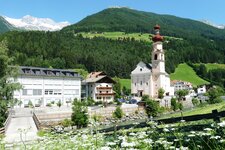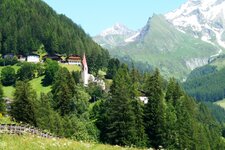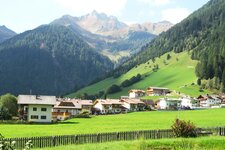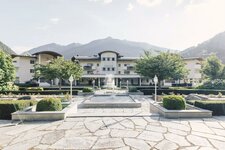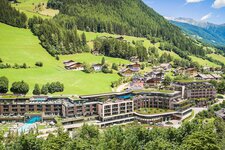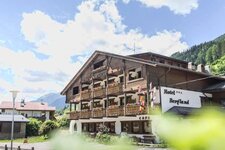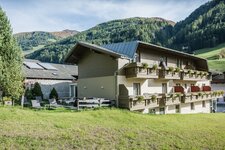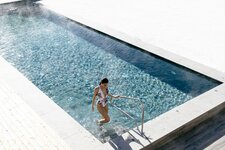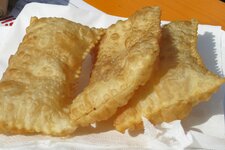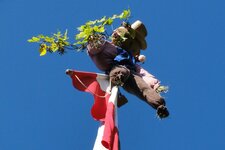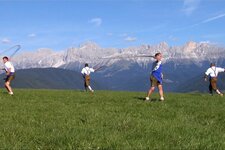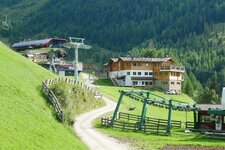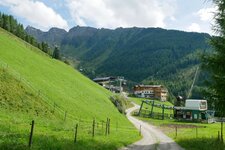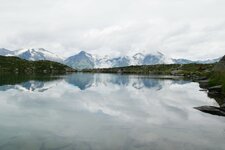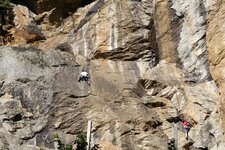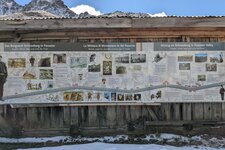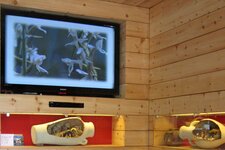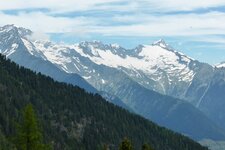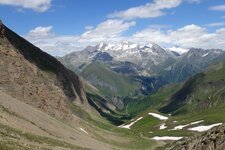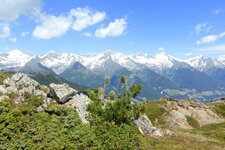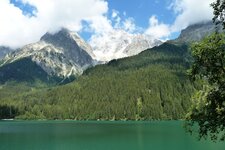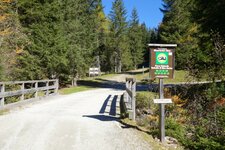The Valle Aurina is one of South Tyrol’s most unspoilt areas and is known for its woodcarving and herbalism
As you drive up the valley, beyond Campo Tures, begins the second part of the Tures and Aurina Valleys - the actual Valle Aurina. It extends to the head of the valley near Casere. A large part of this is occupied by the municipality of Valle Aurina, which stretches out with its idyllic views along the road.
The small villages are charmingly set against the backdrop of the snow-capped three-thousanders of the Zillertal Alps. On the slopes, you will discover farms that mainly make a living from cattle rearing and dairy farming, while unusual root masks and wooden statues or impressive Krampus masks adorn the paths. The woodcarving tradition is deeply rooted here, often using roots and wood from the region.
Sculpture gardens and outdoor artworks tell this story, as does the Maranatha Nativity Scene Museum in Lutago. Further up the valley, there are three more special museums to discover: the private Kirchler Mineral Museum, which houses one of the most remarkable mineral collections in the Eastern Alps, and two of the four sites of the South Tyrol Museum of Mining - namely the one Mining Museum in the Grain Store in Cadipietra and the Predoi show mine with its Climate Gallery Predoi, located just outside the village.
The municipality of Valle Aurina extends in the heart of the Vedrette di Ries-Aurina Nature Park. Here, you can not only go on alpine pasture hikes and mountain tours, for example to Mt. Sasso Nero or to the Monte Lovello, but also get active with rafting, horse riding, or Kneipp therapy.
In between, you can experience ancient traditions come to life, such as the Pitschele-Singen, a traditional singing custom, in November or the Goasslschnöllen, the whip cracking. In winter, the two skiing areas of the SkiWorld Ahrntal are an attraction: Speikboden and Klausberg. The Klausberg Ski Resort then turns it Family Park into a funline surrounded by 10 life-size dinosaurs.
